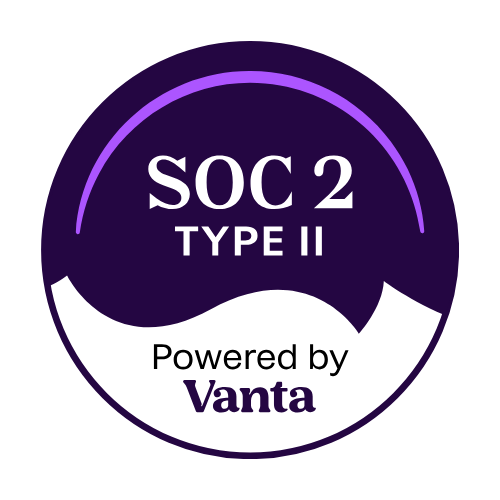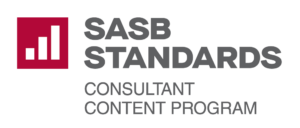Overview of China’s SSE Guidelines
Introduced: December 2022 (Guideline issued by the Shanghai Stock Exchange, or SSE)
Effective from: FY 2025 (first mandatory reports due April 2026)
Last modified: 2024 updates encouraging Scope 3 & stronger ESG narrative
Region(s): Mainland China (SSE jurisdiction; Shenzhen Stock Exchange, or SZSE, is expected to align)
About the SSE Guidelines No. 14 (trial)
China is making a major leap toward standardized corporate sustainability disclosure with the SSE Sustainability Reporting Guidelines No. 14 (Trial). These guidelines require the largest public companies listed on the Shanghai Stock Exchange—including constituents of the SSE 180 Index, STAR 50 Index, and dual-listed A+H shares—to publish dedicated ESG reports starting from Fiscal Year (FY) 2025.
The guidelines blend impact reporting with financial risk disclosure, incorporating elements of both TCFD and local regulatory priorities like China’s 2060 carbon neutrality goal. While currently framed as a trial, the regulation signals a broader push toward mandatory, nationwide ESG disclosure across China’s capital markets.
Criteria for compliance
Entities required to report
- All companies listed on the SSE 180 Index
- All companies listed on the STAR 50 Index
- Dual-listed A+H share companies (listed both in Mainland China and Hong Kong)
Other listed entities are not yet mandated but are strongly encouraged to follow the guidelines. Expansion of the mandatory scope (e.g., SSE 380 Index) is expected following regulatory review.
Compliance timelines
2023-2024
Voluntary practice period; companies begin gathering ESG data and familiarizing with reporting structure.
2025 (reporting year)
First required ESG reports must be published by April 2026.
Post-2026
Evaluation and likely expansion of the mandate; further clarity on national standards expected.
Disclosure requirements
Companies must publish standalone sustainability reports aligned with the structure outlined in Guidelines No. 14. Key disclosure areas include:
Environmental
- Mandatory Scope 1 and Scope 2 GHG emissions
- Scope 3 emissions encouraged, especially for firms with supply chain exposure or public targets
- Energy consumption, water use, wastewater, solid waste, and pollutant discharge
Climate
- Qualitative and quantitative discussion of climate-related risks and opportunities
- Transition strategy aligned with national goals (carbon neutrality by 2060)
- Disclosure of any carbon credits or offsets used
Social & Governance
- Workforce structure and diversity
- Occupational health and safety
- Anti-corruption measures
- ESG roles and responsibilities at board and management levels
Comparability & Consistency
- Year-on-year comparative data required
- Companies must clearly explain methodologies and changes in metrics
Key obligations
- Publish a standalone ESG report within four months of fiscal year-end
- Obtain board-level approval prior to release
- Submit the final report through the Shanghai Stock Exchange (SSE) portal
- Disclose carbon footprint, transition actions, and other material ESG factors
- Reports should be publicly accessible and demonstrate a credible governance structure for ESG oversight
Third-party auditing
While not yet mandatory, third-party assurance is becoming a common practice among:
- Blue-chip companies
- State-owned enterprises (SOEs)
- Firms with international investors or dual listings
Voluntary limited assurance of emissions and material metrics is encouraged and is expected to become a formal requirement in future updates.
Penalties for non-compliance
- Issuance of disciplinary notices by SSE
- Possible fines and public warnings
- Trading suspension risk for severe or repeated noncompliance
- SOEs face additional scrutiny due to ESG performance now being tied to state-owner evaluations and incentive structures







